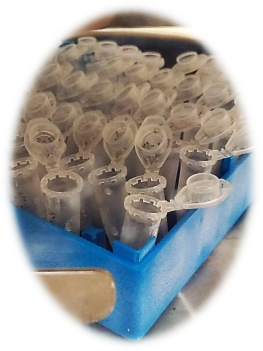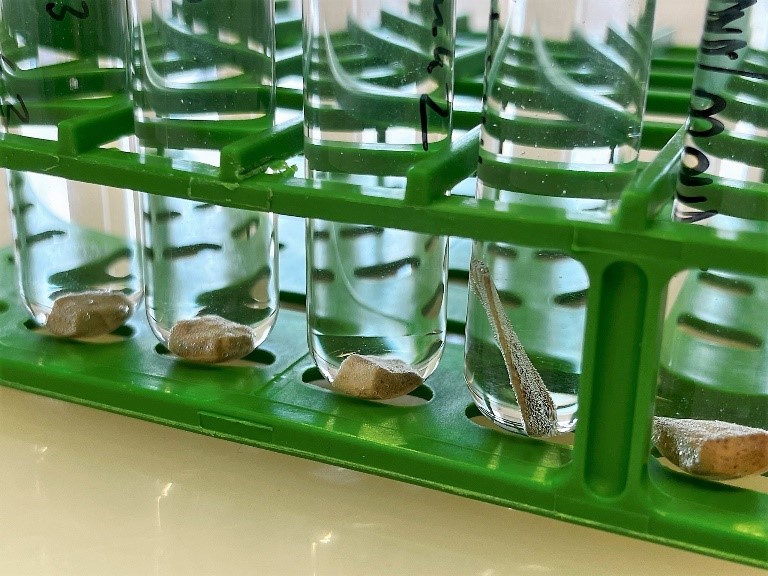Bioarchaeology Laboratory for Stable Isotope Analysis
At the Bioarchaeology Laboratory for Stable Isotope Analysis of the Vienna Institute for Archaeological Science, we study bioarchaeological finds to reconstruct past food consumption, animal husbandry practices and environments. This helps to elucidate past living conditions and life histories of people, plants and animals.
To achieve this, we prepare bioarchaeological finds (e.g. bones, teeth and cereal grains) for analysis by removing contaminants, extracting bone collagen, and sequentially sampling enamel. This is followed by stable isotope ratio analyses of carbon, nitrogen, oxygen and sulphur (δ¹³C, δ¹⁵N, δ¹⁸O, δ³⁴S; depending on the sampled tissue). Additionally, material from present-day field experiments are also studied to gain reference data.
The laboratory is led by Magdalena Blanz. It is part of the research network Human Evolution and Archaeological Sciences (HEAS).
Facilities
The laboratory, located in the University of Vienna’s Universitätszentrum II (UZA2; Josef-Holaubek-Platz 2), is equipped with a drilling workstation, balances, a water purification system, ultrasonic bath, fridge, freezer, freeze-drier, drying oven and a centrifuge. A fume hood, microbalance and an FTIR instrument as well as a zooarchaeological reference collection are available nearby in the same building. The analyses are performed at the SILVER laboratory of the University of Vienna Large-Instrument Facility for Advanced Isotope Research in the Life Sciences.


